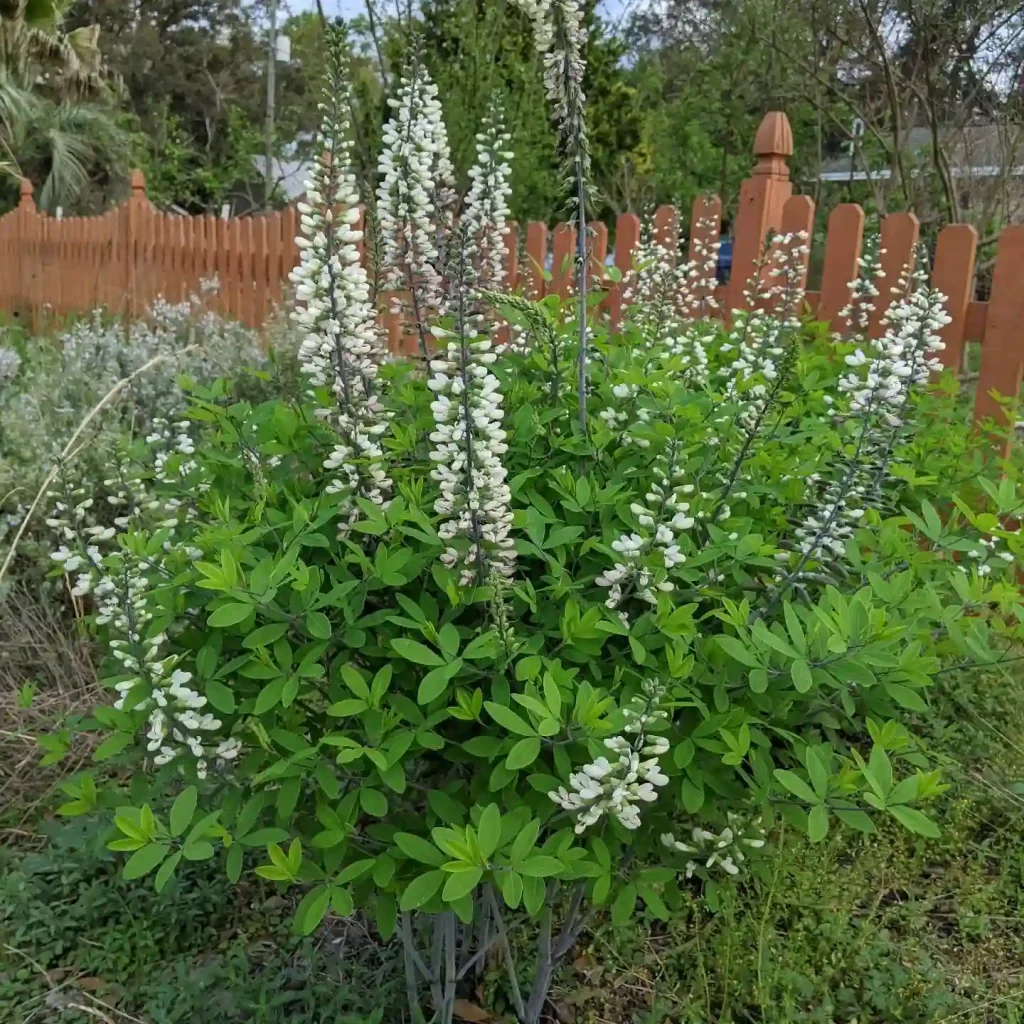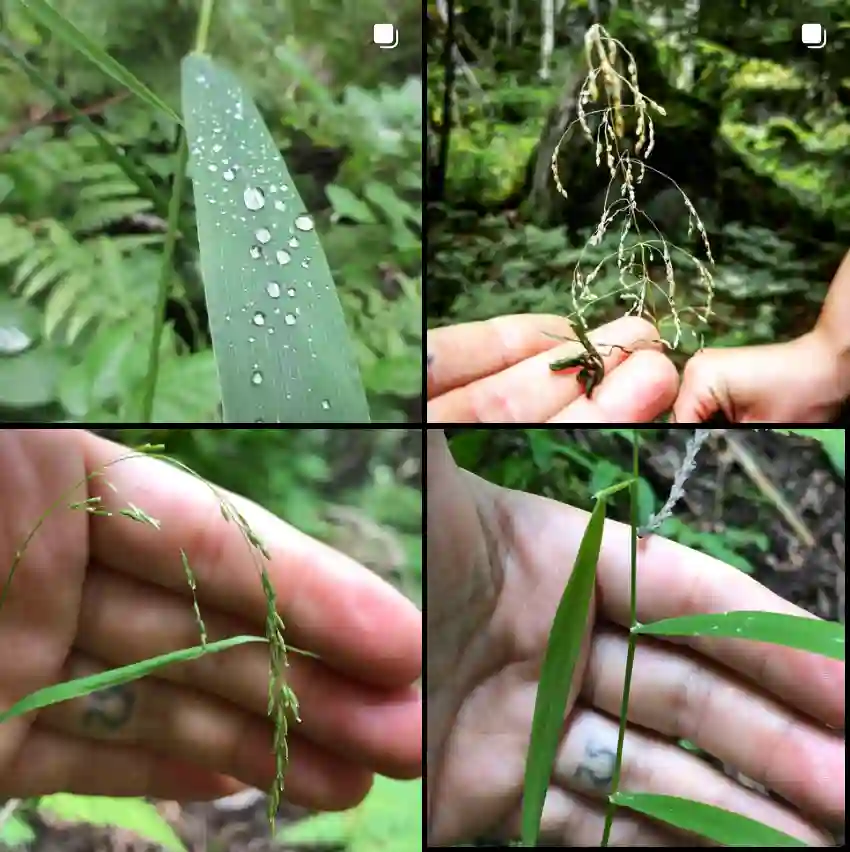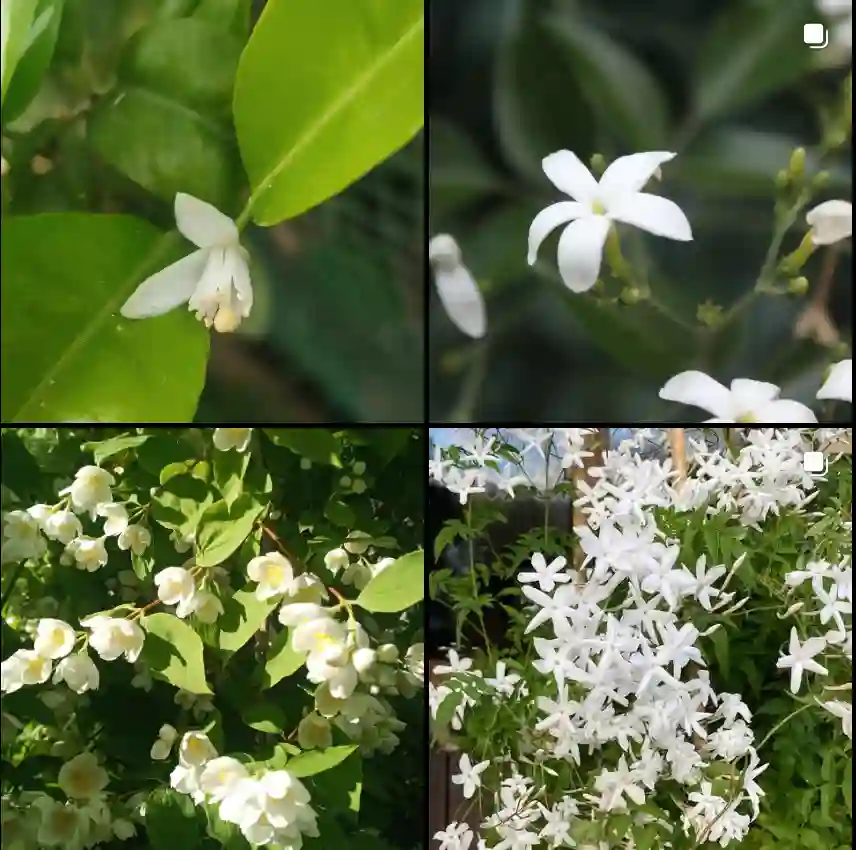Saponaria: A Soapwort Saga by Ferb Vu
My fascination with the Saponaria genus began, oddly enough, with a bubble. As a child, I was captivated by the frothy lather produced by crushing the leaves and flowers of a plant growing wild in my grandmother’s garden. She called it “soapwort,” and explained how people used it for centuries to clean clothes and even wash their hair. This early encounter sparked a lifelong interest in these unassuming yet remarkably useful plants.
Saponaria, a member of the Caryophyllaceae family, is commonly known as soapwort. The name derives from the Latin word “sapo,” meaning soap, a testament to its historical and practical significance. These herbaceous perennials and annuals are native to Asia and Europe, but have naturalized in many parts of the world. They are characterized by their abundant five-petaled flowers, typically in shades of pink or white, and their simple, opposite leaves. But what truly sets them apart is the presence of saponins, compounds with soap-like properties, found throughout the plant.
A Diverse Family
The Saponaria genus boasts a diverse array of species, each with its own unique characteristics and charm:
- Saponaria aenesia Heldr.
- Saponaria bargyliana Gomb.
- Saponaria bellidifolia Sm.
- Saponaria biovulata (Stapf) Barkoudah
- Saponaria bodeana Boiss.
- Saponaria caespitosa DC.
- Saponaria calabrica Guss.
- Saponaria cerastoides Fisch. ex C.A.Mey.
- Saponaria cypria Boiss.
- Saponaria dalmasi H.Boissieu
- Saponaria emineana Gemici & Kit Tan
- Saponaria glutinosa M.Bieb.
- Saponaria griffithiana Boiss.
- Saponaria gypsacea Vved.
- Saponaria halophila Hedge & Hub.-Mor.
- Saponaria intermedia Simmler
- Saponaria iranica Dashti, Assadi & Sharifnia
- Saponaria jagelii Phitos & Greuter
- Saponaria karapinarensis Vural & Adıgüzel
- Saponaria kotschyi Boiss.
- Saponaria lutea L.
- Saponaria mesogitana Boiss.
- Saponaria ocymoides L. Plant FAQs: Saponaria Ocymoides
- Saponaria officinalis L.
- Saponaria orientalis L.
- Saponaria pachyphylla Rech.f.
- Saponaria pamphylica Boiss. & Heldr.
- Saponaria picta Boiss.
- Saponaria pinetorum Hedge
- Saponaria prostrata Willd.
- Saponaria pumila Janch.
- Saponaria pumilio Boiss.
- Saponaria sewerzowii Regel & Schmalh.
- Saponaria sicula Raf.
- Saponaria stenopetala Rech.f.
- Saponaria stranjensis Jordanov
- Saponaria subrosularis Rech.f.
- Saponaria suffruticosa Nábělek
- Saponaria syriaca Boiss.
- Saponaria tadzhikistanica (Botsch.) V.A.Shultz
- Saponaria tridentata Boiss.
More Than Just Soap
While their soap-making properties are undoubtedly fascinating, Saponaria plants offer more than just practical uses. They are valuable additions to any garden, attracting pollinators like bees and butterflies with their nectar-rich blooms. Their resilience and adaptability make them suitable for a variety of growing conditions, from sunny borders to shady woodland edges.
Beyond the garden, Saponaria continues to intrigue researchers with its potential medicinal benefits. Saponins, the compounds responsible for the plant’s soapy nature, have shown anti-inflammatory, antifungal, and even anticancer properties in preliminary studies. While further research is needed to fully understand their therapeutic potential, these findings suggest a promising future for Saponaria in the field of medicine.
A Personal Connection
My own journey with Saponaria has led me to cultivate several species in my garden. I am particularly fond of Saponaria officinalis, which I use to create a natural laundry detergent. The process is simple: I gather the leaves and roots, simmer them in water, and strain the resulting liquid. This homemade soap is gentle on my clothes and the environment, a testament to the enduring practicality of this ancient plant.
But beyond its practical uses, I cherish Saponaria for its beauty and resilience. These plants remind me of my grandmother’s garden, a place of wonder and discovery. They symbolize the connection between nature and human ingenuity, a connection that has been nurtured for centuries.
As I continue to explore the world of Saponaria, I am constantly amazed by its versatility and potential. From its humble origins as a soap-making plant to its promising future in medicine and horticulture, Saponaria proves that even the most unassuming plants can hold remarkable secrets. It is a testament to the enduring power of nature to inspire, heal, and connect us to the past.
If i die, water my plants!



